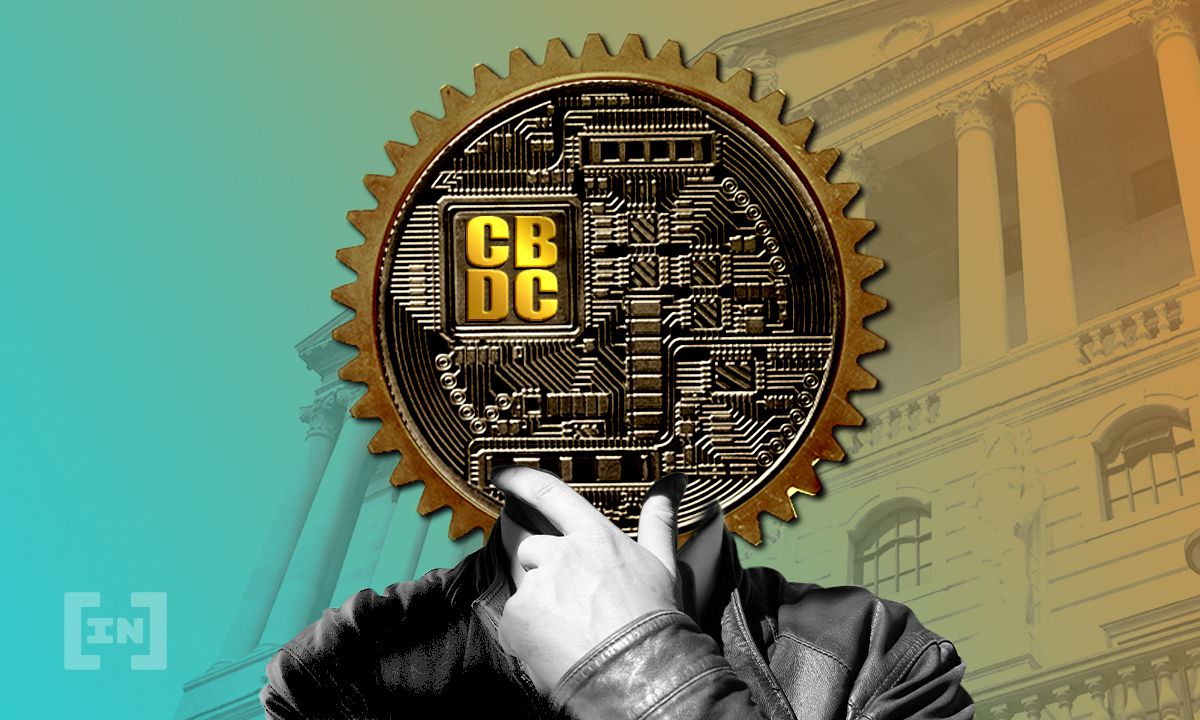
A working paper by the Bank of International Settlements (BIS) has found that an intermediated or hybrid central bank digital currency (CBDC) shows promise. Meanwhile, developments based on present, popular cryptocurrency systems do not meet requirements.
Raphael Auer and Rainer Böhme published “Central bank digital currency: the quest for minimally invasive technology” on June 8. The 20-page document explored a variety of potential CBDC architectures and how they could improve upon pre-existing payment systems. It also discussed what those architectures could do for central banks in the future.
Auer and Böhme observed that nearly 50 central banks have launched designs or prototypes for CBDCs. With this in mind, în lucrarea lor, they set down requirements for a “minimally invasive” CBDC design. Requirements that included the ability to “upgrade money to current needs without disrupting the proven two-tier architecture of the monetary system.”
Furthermore, the design had to involve both public and private sectors.
Ultimately, they found that “technological developments inspired by popular cryptocurrency systems, based on anonymity and lacking a central authority” did not meet their designated requirements. However, they went on to reveal that digital banknotes, running “on ‘intermediated’ or ‘hybrid’ CBDC architectures” showed particular promise.
“A key element is the legal framework that underpins direct claims on the central bank” the paper continues. “The CBDC is never on the balance sheet of the payment service providers (PSPs) and thus unaffected by bankruptcy.”
“This way, in the event of PSP insolvency, consumers’ CBDC holdings would not be exposed to claims by the PSP’s creditors.”
The authors state that while there are many ways to proceed regarding CBDCs, “all require central banks to develop
substantial technological expertise.”
CBDCs remain subject to debate
Many countries across the world are pressing ahead with their CBDC plans. China, for one, is in the middle of a pilot program for its digital yuan. A program that, începând cu 12 mai, included online grocery services and food delivery units. Zhejiang E-Commerce Bank, a private bank based in Hangzhou, also joined the program.
Meanwhile, other countries are exercising more caution. On June 7, the Bank of England (BoE) issued a new discussion paper covering issues including those relating to digital currencies. The paper stated that the U.K. would need a clear regulatory framework before a stablecoin could operate in the country.
Andrew Bailey, Governor of the BoE, said:
„Este esențial să punem întrebările dificile și pertinente atunci când vine vorba de viitorul acestor noi forme de bani digitali.”
He also asserted that, should stablecoin payments become widespread, they would need to follow the same regulation rules as those in banks.
Declinare a responsabilităţii
Toate informațiile conținute pe site-ul nostru web sunt publicate cu bună-credință și numai în scopuri generale. Orice acțiune pe care cititorul o ia asupra informațiilor găsite pe site-ul nostru este strict pe propria răspundere.
- 7
- Acțiune
- TOATE
- anonimat
- arhitectură
- Autorii
- Bancă
- Bank of England
- Faliment
- Băncile
- de
- BoE
- CBDCA
- CBDC
- Banca centrala
- moneda digitală a băncii centrale
- Băncilor Centrale
- China
- creanțe
- continuă
- țări
- cripto
- cryptocurrency
- Moneda
- Monedă
- Curent
- livrare
- Amenajări
- FĂCUT
- digital
- monedele digitale
- monedă digitală
- Bani digitali
- Yuan digital
- e-commerce
- editor
- Anglia
- eveniment
- Platforme de tranzacţionare
- First
- urma
- alimente
- Cadru
- independent
- viitor
- General
- bine
- Guvernator
- Cum
- HTTPS
- Hibrid
- Inclusiv
- informații
- Internațional
- probleme de
- IT
- ziarist
- Cheie
- Procese
- Legal
- stil de viaţă
- bani
- ştiri
- on-line
- Altele
- Hârtie
- plată
- Sisteme de plată
- plăți
- pilot
- Popular
- prezenta
- privat
- Program
- public
- căutare
- Cititor
- Regulament
- Cerinţe
- Risc
- norme
- funcţionare
- sectoare
- Servicii
- set
- stablecoin
- Stat
- sistem
- sisteme
- Regatul Unit
- Uk
- website
- lume
- Yuan












